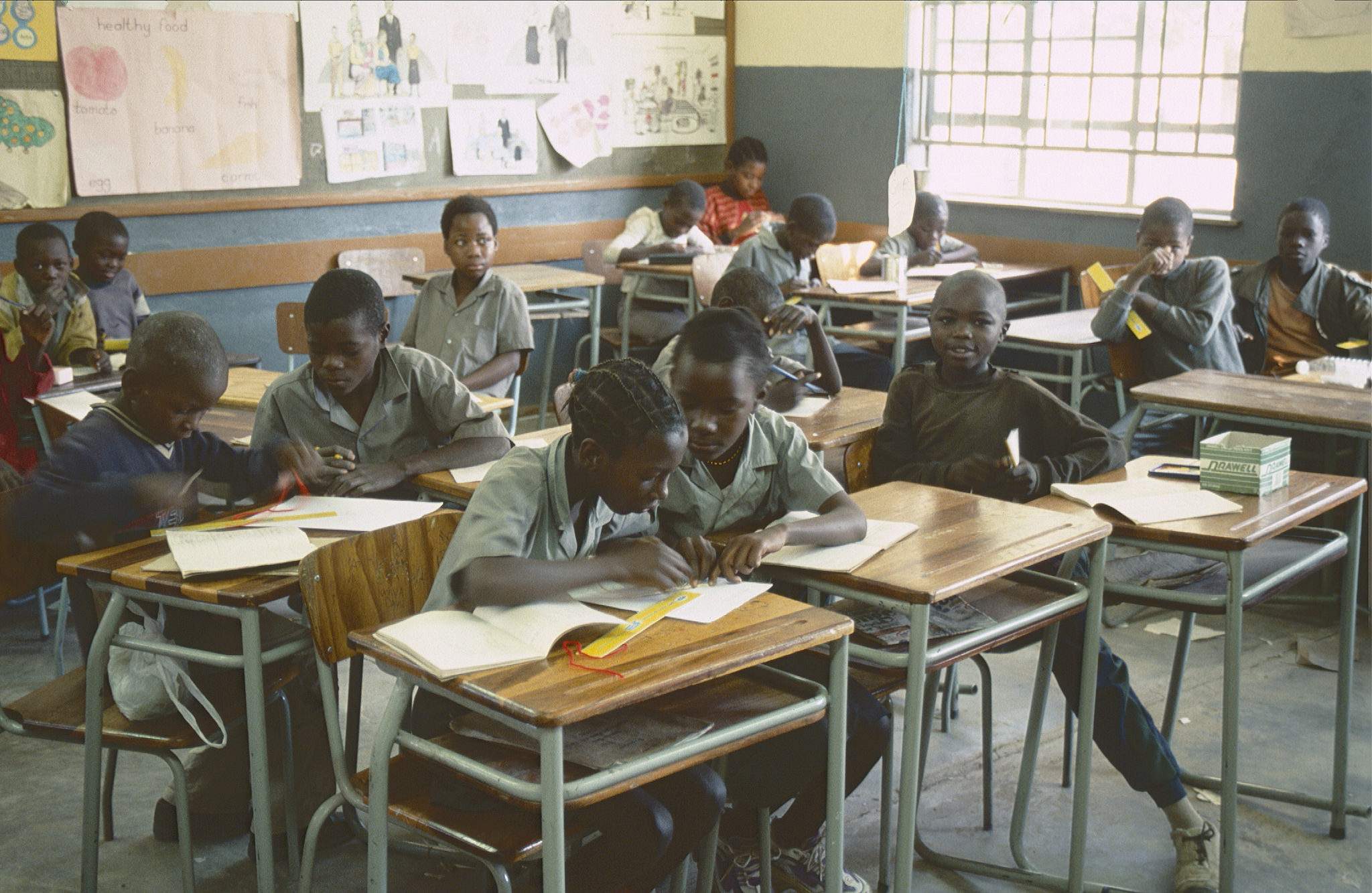Every year, billions of dollars are spent on food assistance to provide lifesaving sustenance to millions of people. That’s a lot of money, and an important cause, so it was encouraging to learn last week that the United States and the G-20 are starting to seriously scrutinize food aid policy. Recent developments in Washington and Paris show a growing consensus that it’s about time to overhaul outdated approaches to feeding the hungry.Joining me this week to discuss these developments is
Connie Veillette, director of CGD’s Rethinking U.S. Foreign Assistance Program and CGD research fellow
Ben Leo. Having closely tracked U.S. and international food aid, both have concluded that reforms in financing, procurement and delivery can help ensure that food aid reaches more people who need it at lower cost.I begin with a question for Connie, who has been following U.S. bilateral food aid. Last week, the Government Accountability Office
(GAO), Congress’s investigatory arm, issued a new report critical of how the U.S. manages some aspects of its international food assistance. Arcane laws requiring that food be purchased in the United States and shipped on U.S.-flagged vessels raise costs and delay deliveries. The so-called “monetization” of food aid, in which NGOs are permitted to sell commodities on local markets to raise money for their development programs, adds additional inefficiencies.“The result over the past three years is about $220 million in transaction costs,” says Connie. “That’s $220 million that should be used for food or for development activities.” Connie argued in a
recent blog post that it’s time for these outdated regulations to go.I then turn to Ben, who, together with CGD senior fellow Vijaya Ramachandran, has studied the financing and procurement practices of the World Food Program, a UN agency that relies on the United States for more than half of its funding.
Their report became a catalyst that led G-20 agricultural ministers meeting in Paris last month to include in their
communiqué instructions to the WFP to “maximize the purchasing power of financial resources, building upon forward purchase.” Ben and Vij explain the significance of this move—and how it can save lives—
in this blog post. Ben does not mince words in describing the WFP penchant for purchasing food on spot markets in times of emergency. “It’s crazy, absolutely crazy from a financial management perspective,” he says. “No reputable global corporation would do business that way. It’s insane.”By using simple forward contracts and other basic hedging instruments, he says, the WFP can pay less and avoid exacerbating food price volatility. That means more food more quickly for more people when crises do occur.
“With both the GAO and the G-20 calling for change, there is a lot of momentum in favor of reform,” says Connie. “We’ll be watching with great interest.”
Listen to the Wonkcast to learn more about food aid reform, then tell us what you think using the comments field below.
If you have iTunes, you can subscribe to get new episodes delivered straight to your computer every week. My thanks to Will McKitterick for his production assistance on the Wonkcast recording and for assistance in drafting this blog post.CGD blog posts reflect the views of the authors, drawing on prior research and experience in their areas of expertise.
CGD is a nonpartisan, independent organization and does not take institutional positions.





